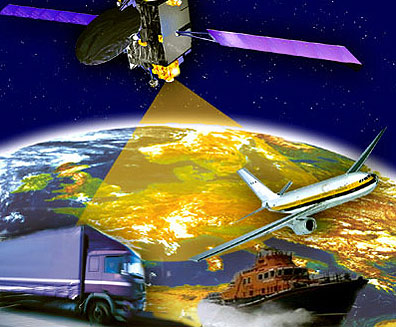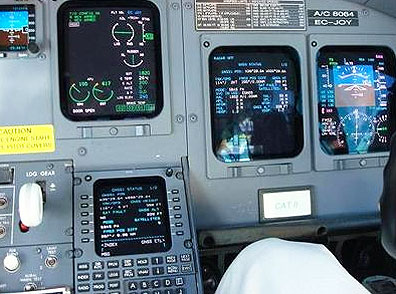
The US GPS global satellite navigation system has an accuracy of 5–10 m. Across our continent that accuracy is greatly sharpened to 1-2 m through the European Geostationary Navigation Overlay Service (EGNOS), an operational precursor to Europe’s coming Galileo global satnav system. EGNOS broadcasts augmented information through a trio of geostationary satellites linked to a network of monitoring ground stations. Credits: ESA
For the first time, space-based navigation signals have become officially usable for the critical task of vertically guiding aircraft during landing approaches. By using three satellites and a 40-strong network of ground stations, the European Geostationary Navigation Overlay System (EGNOS) sharpens the accuracy of GPS satnav signals across Europe. The signals are guaranteed to the extremely high reliability set out by the International Civil Aviation Organisation standard, adapted for Europe by Eurocontrol, the European Organisation for the Safety of Air Navigation. The EGNOS Open Service was launched in October 2009, for navigation applications where the safety of human life is not at stake, such as personal navigation, goods tracking and precision farming.

EGNOS-equipped aircraft cockpit. From 2 March 2011, EGNOS is open for use by aviation for runway approaches. The runway in question has to have a procedure written by an Air Navigation Service Provider and the aircraft be equipped with an EGNOS receiver and be certified for EGNOS operations. Credits: Eurocontrol
The final system comes with an extremely high degree of integrity built in. The EGNOS signal is guaranteed to maintain a minimum level of accuracy, with just a one in 10 million chance of error. If this reliability falls below this level then EGNOS users are alerted within six seconds. ESA is now acting as the design and procurement agent on behalf of the EC for all major EGNOS system changes throughout its operational lifetime, as well as preparing for the next-generation EGNOS, expected around 2020.

